To help ensure the utmost product safety, performance and reliability, PolyScience temperature control equipment complies with a variety of international standards, such as those listed below. Product conformance with a specific standard is dependent on the type of product, electrical configuration and other factors. If you have further questions regarding PolyScience and compliance marks or environmental standards, please contact us.
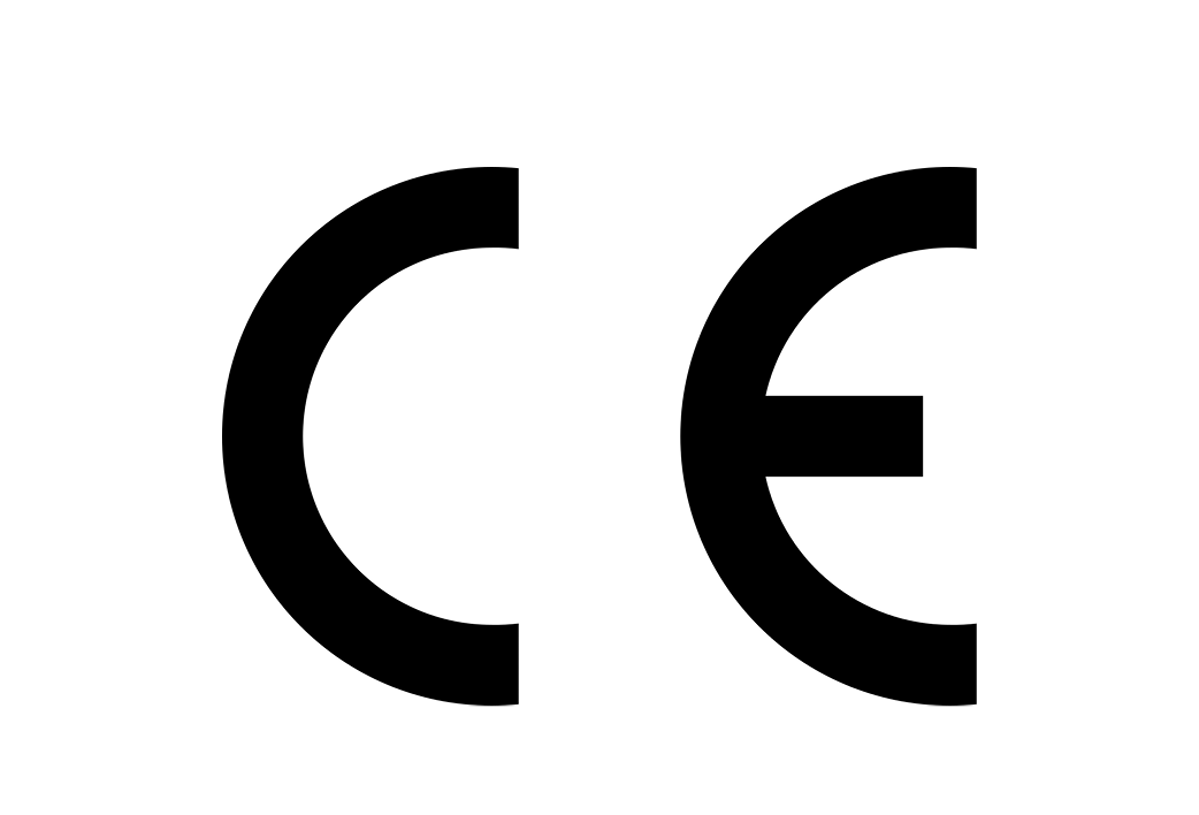
CE — The CE mark certifies that a product complies with European Union consumer safety, health, or environmental requirements.

cETLus —The cETLus mark certifies that a product complies with North American electrical and safety standards, including those written by Underwriters Laboratories (UL) and the CSA Group (CSA).
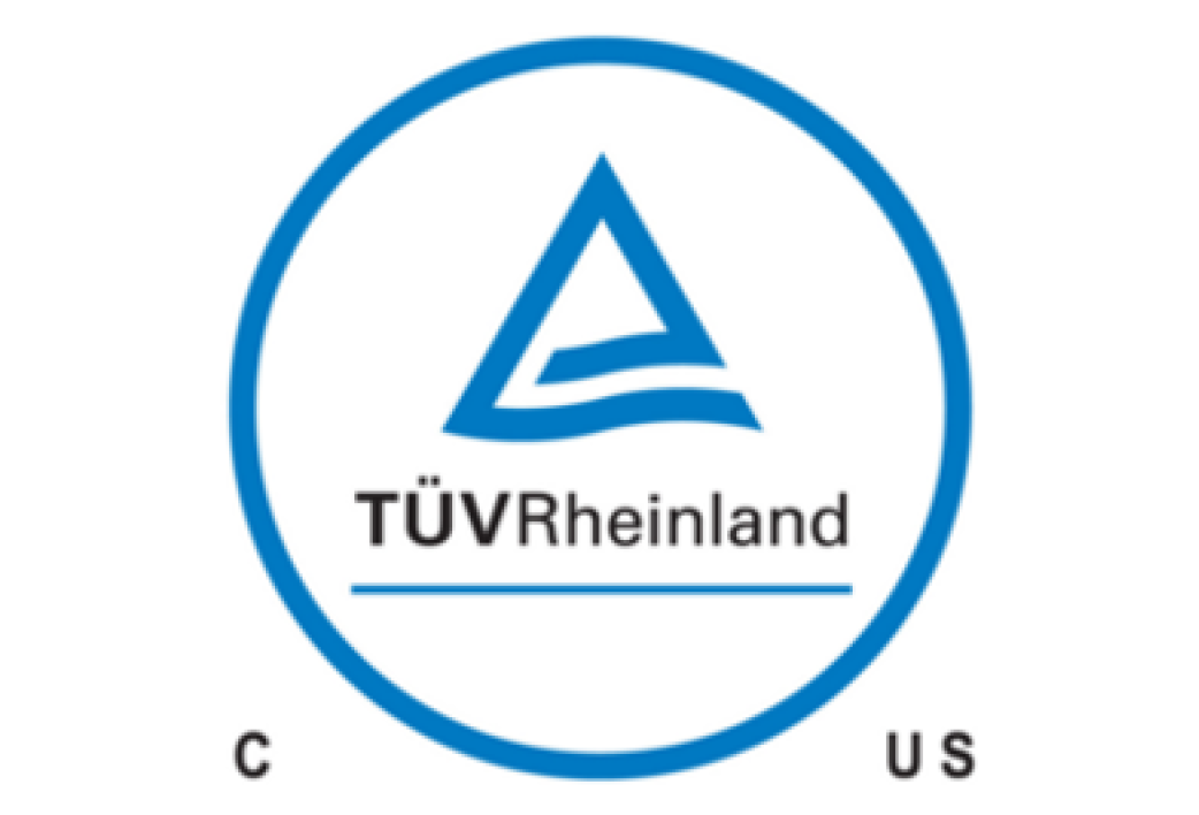
cTUVus — The cTUVus mark certifies that a product complies with North American electrical and safety standards, including those written by Underwriters Laboratories (UL) and the CSA Group (CSA).
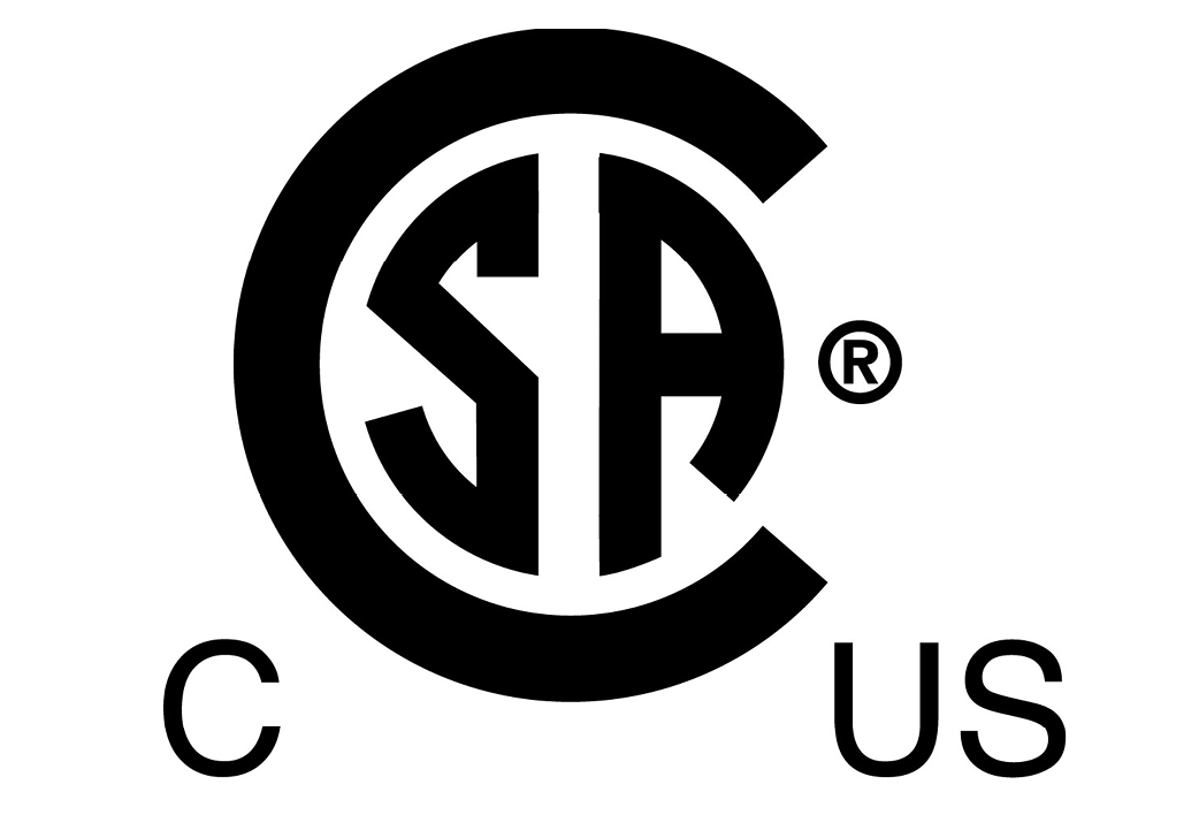
cCSAus — The cCSAus mark certifies that a product has been tested and meets applicable North American standards for safety and/or performance, including those of the CSA Group (CSA) and Underwriters Laboratories (UL).
Testing Standards
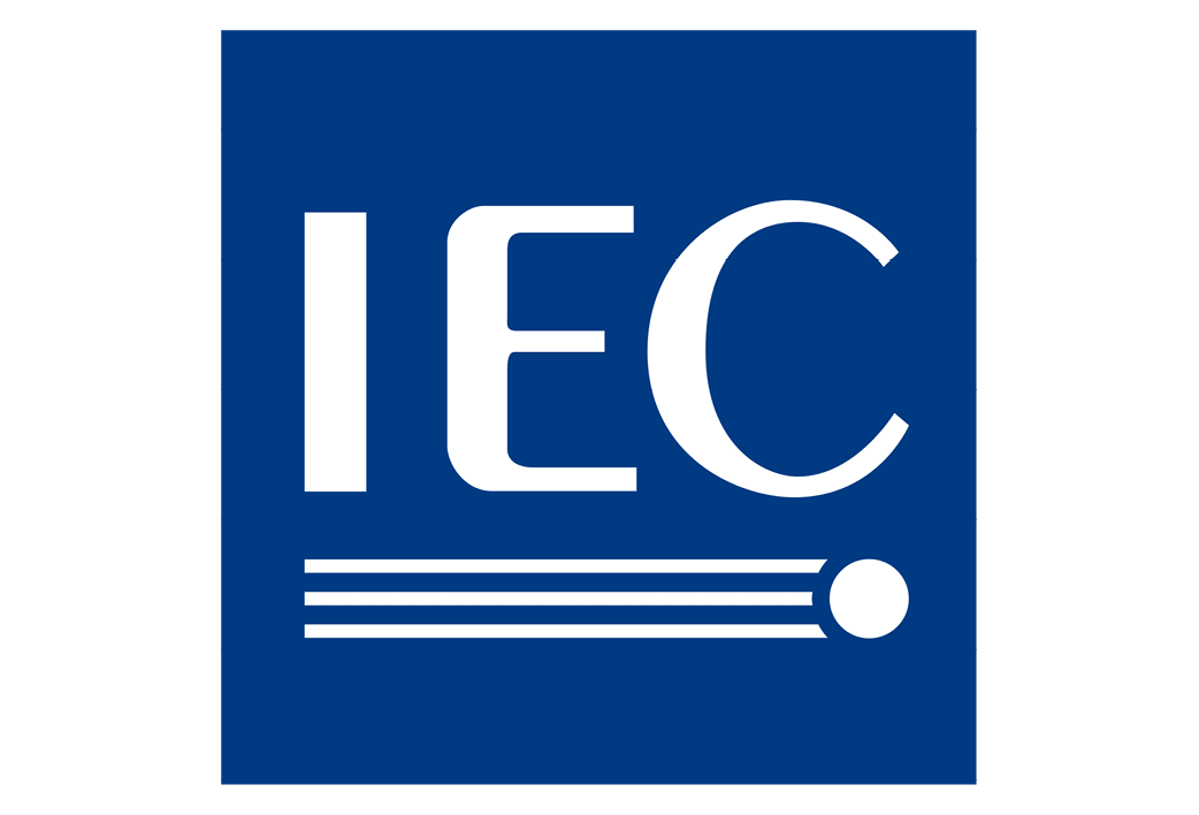
IEC — This is the International Electrotechnical Commission. It is the international standards and conformity assessment body for electrical, electronic and related technologies.
- IEC 61010-1 — The IEC standard specifying the general safety requirements for electrical equipment for measurement, control and laboratory use.
- IEC 61010-2-010 — Part of IEC 61010, this standard applies to electrically powered laboratory equipment for the heating of materials.
- IEC 61010-2-011 — Part of IEC 61010, this is a part 2 standard with safety requirements for refrigerating equipment.
- IEC 61010-2-012 — Part of IEC 61010, this is a part 2 standard with safety requirements for climatic and environmental testing and other temperature conditioning equipment.
- IEC 61010-2-051 — Part of IEC 61010, this is a part 2 standard with safety reqiurements for laboratory equipment for mixing and stirring.
- IEC 60335-1 — The IEC standard specifying the general safety requirements for household and similar electric appliances.
- IEC 60335-2-89 — This is a part 2 standard with safety requirements for commercial refrigerating appliances and icemakers with an incorporated or remote refrigerant unit or motor-compressor.
- IEC 61326-1 — This IEC standard specifies requirements for immunity and emissions regarding electromagnetic compatibility (EMC) for electrical equipment.
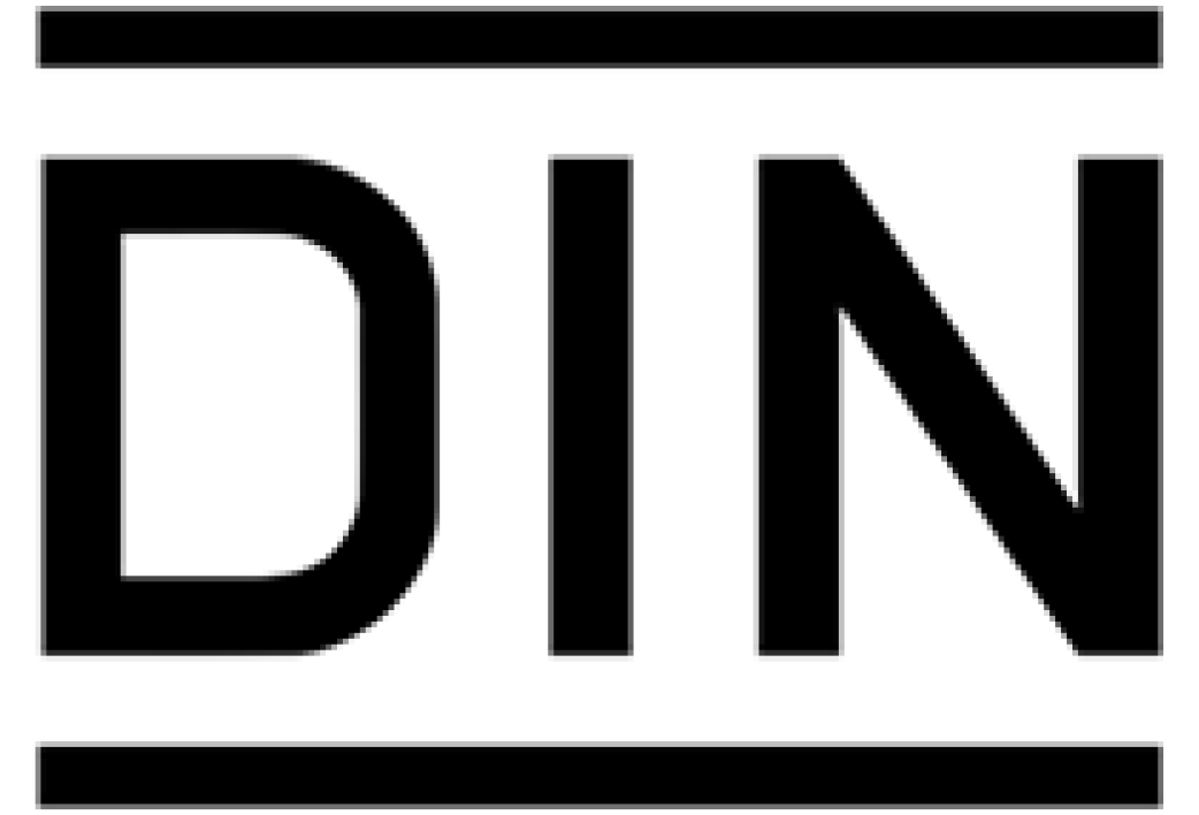
DIN — This is the German Institute for Standardization. It is an independent platform for standardization in Germany and worldwide.
- DIN 12876 — A standard issued by the German Institute for Standardization that classifies, describes and sets safety and warning requirements for electrical laboratory equipment.
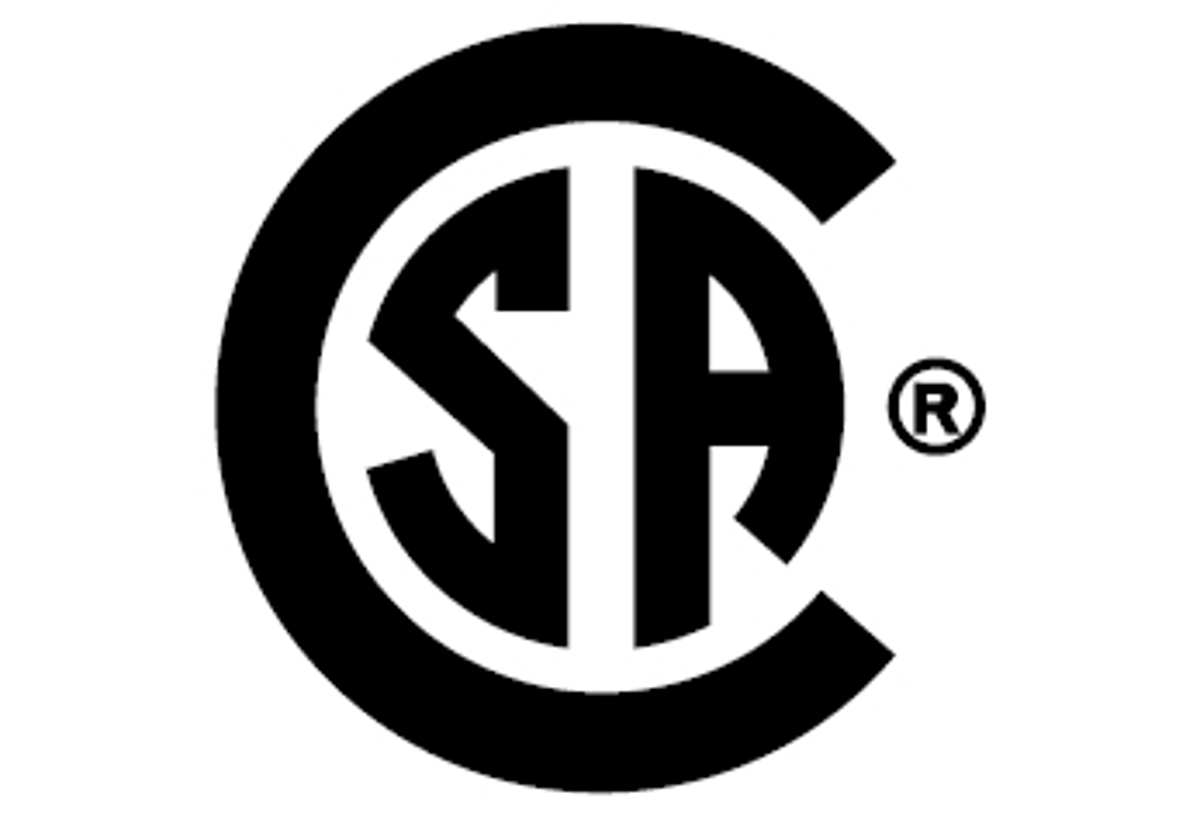
CSA — This is the CSA Group. It is a global organization dedicated to standards development, testing, inspection and certification.
- CSA C22.2 No. 120-M91 — A standard issued by the CSA Group (CSA) regarding the safety of refrigerating equipment.
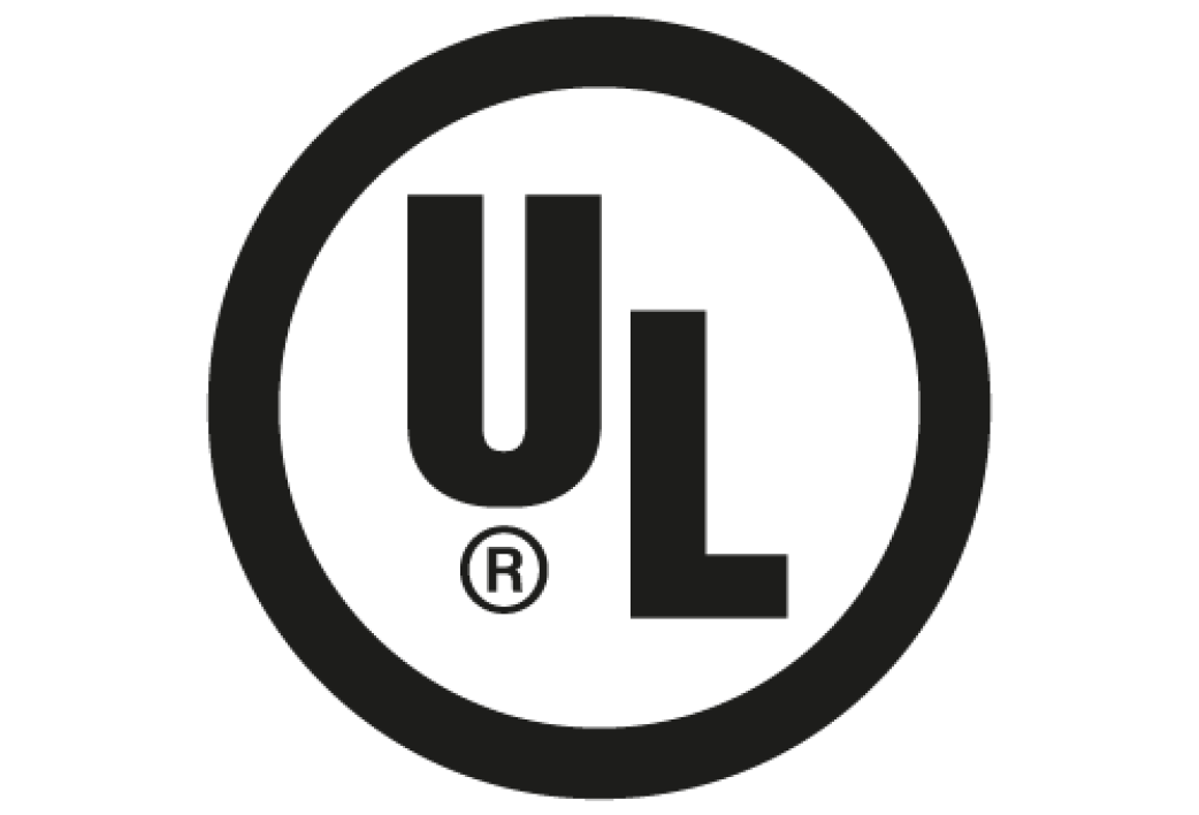
UL — This is the The Underwriters Laboratories. It is a safety organization which sets industry-wide standards on products.
- UL 427 — A standard issued by Underwriters Laboratories (UL) regarding the safety of refrigerating equipment.
- UL 471 — A standard issued by Underwriters Laboratories (UL) regarding the safety of commercial refrigerators and freezers.
- UL 873 — A standard issued by Underwriters Laboratories (UL) regarding the safety requirements for temperature indicating and temperature regulating equipment.
- UL 508C — A standard issued by Underwriters Laboratories (UL) regarding the safety requirements for power conversion equipment.
Environmental Standards
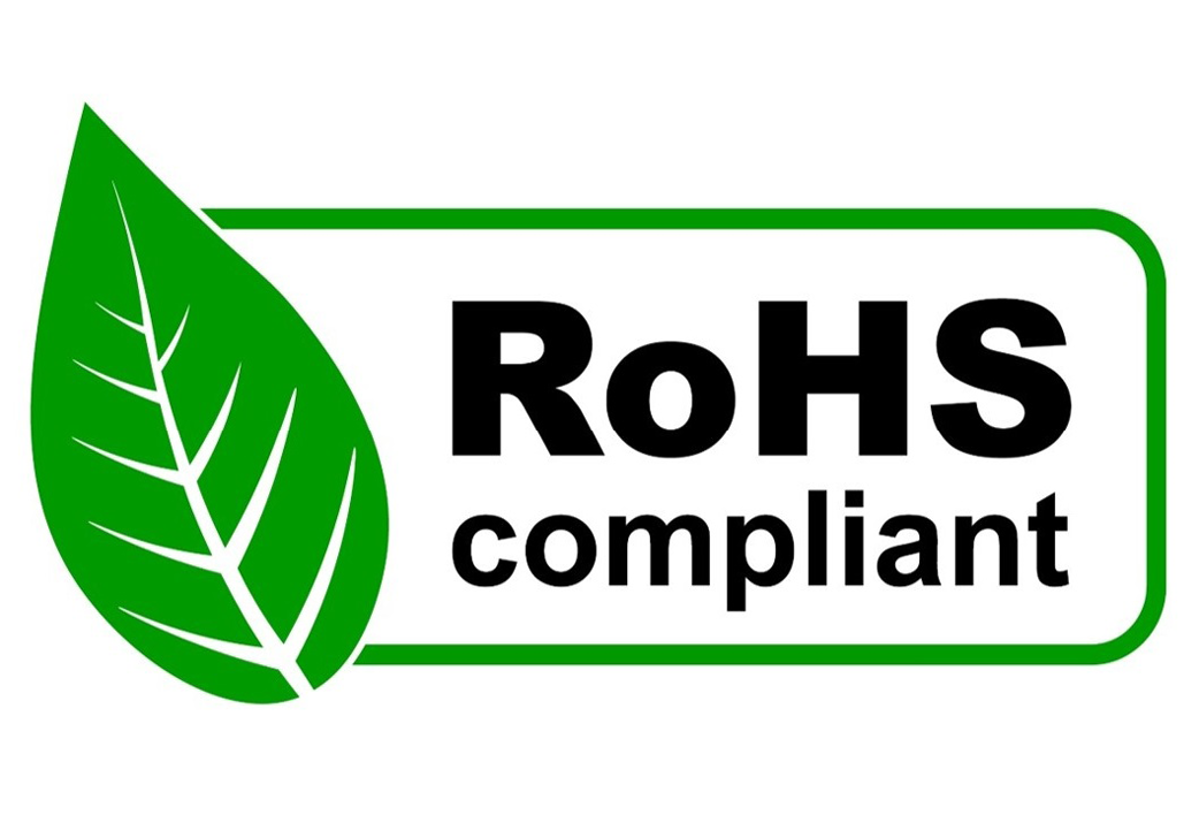
RoHS — This is the Restriction of Hazardous Substances Directive adopted by the European Union. It restricts the use of lead (Pb), mercury (Hg), cadmium (Cd), hexavalent chromium (Cr6+), polybrominated biphenyls (PBB), polybrominated diphenyl ether (PBDE), Bis (2-ethylhexyl) phthalate (DEHP), Butyl benzyl phthalate (BPP) and Diisobutyl phthalate (DIBP) in the manufacture of various types of electronic and electrical equipment.
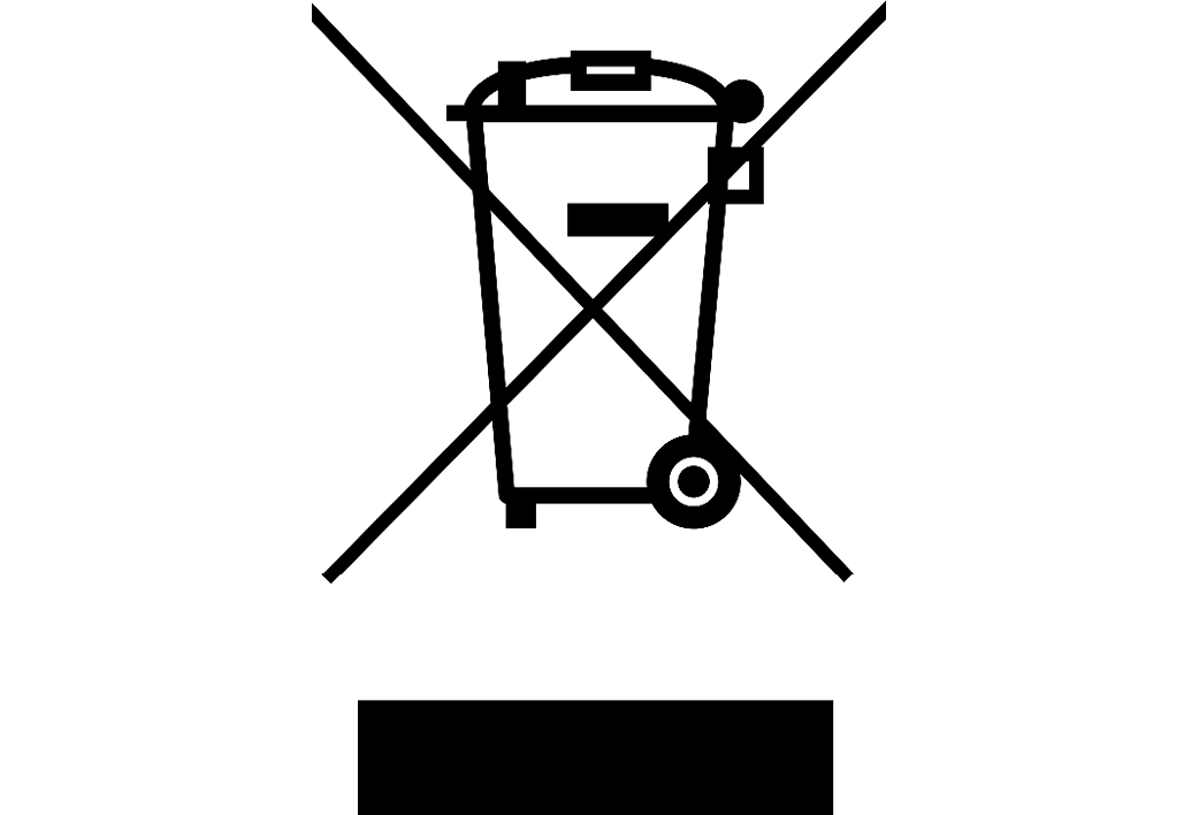
WEEE — This is the Waste Electrical and Electronic Equipment Directive adopted by the European Union. It imposes responsibilities regarding the collection, recycling and recovery for electrical equipment.